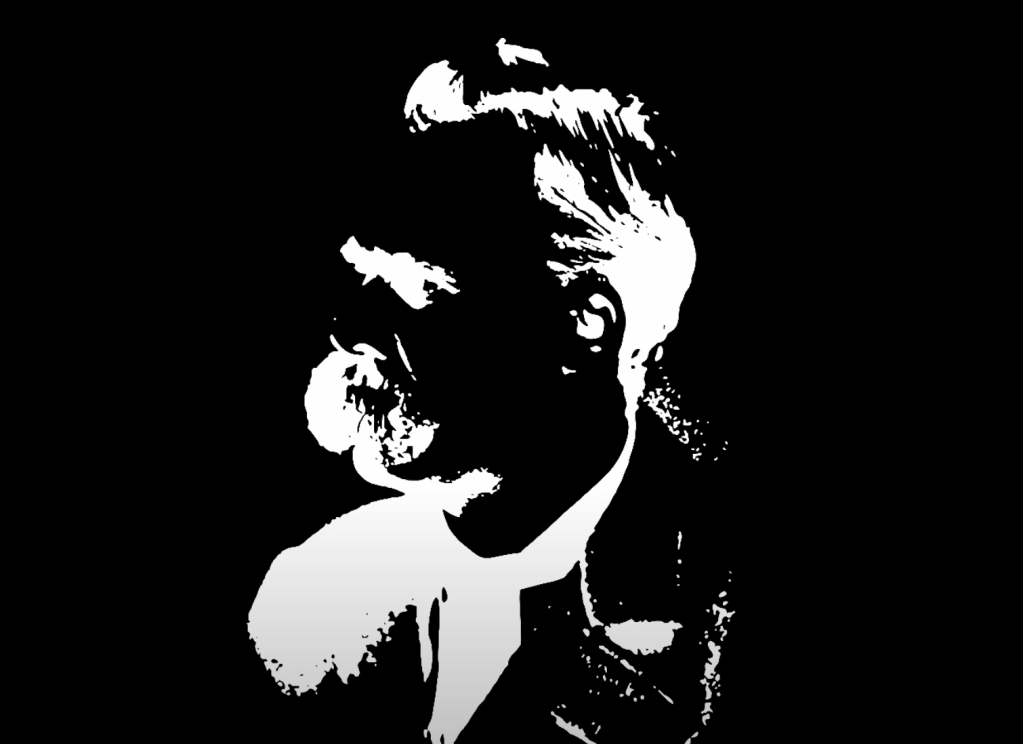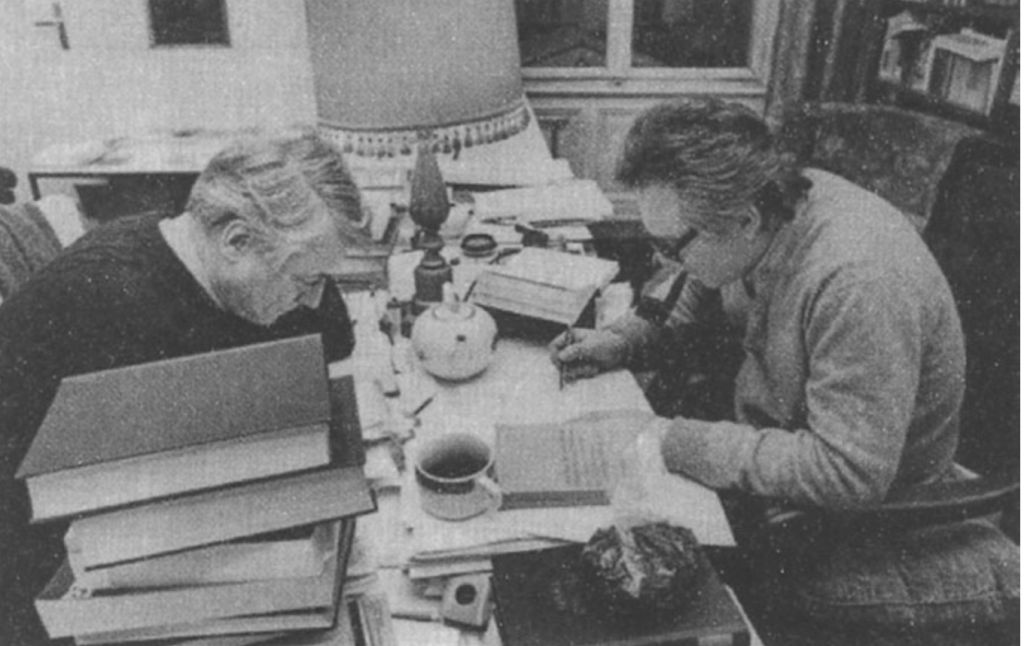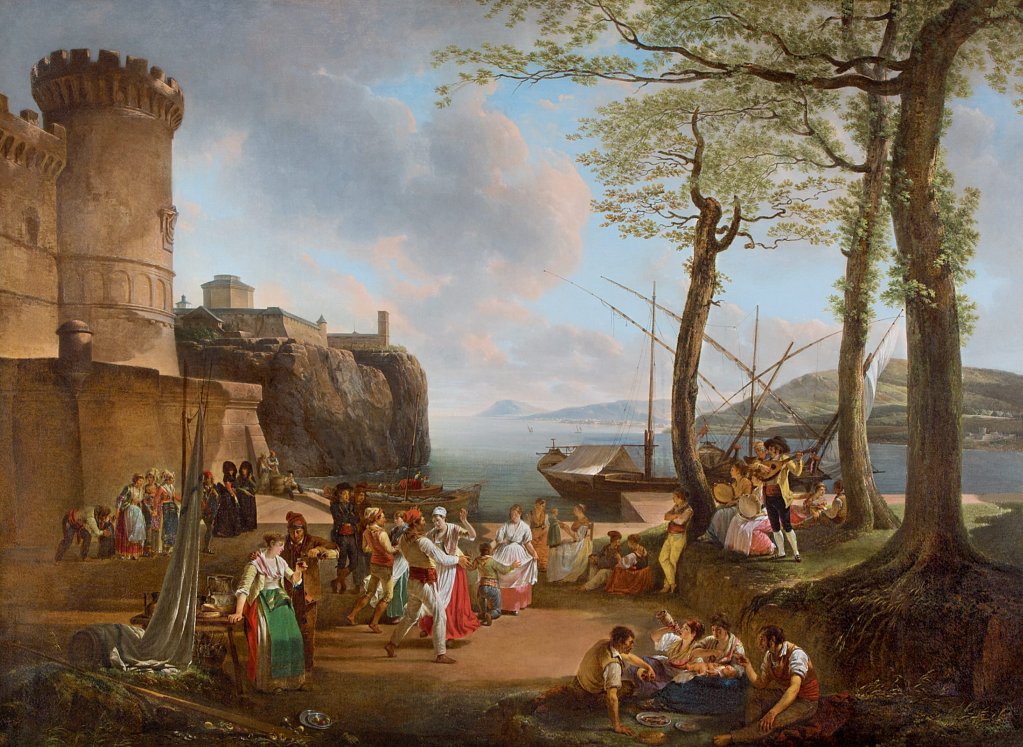In an essay entitled “Marxism and Literature” the literary critic Edmund Wilson once observed that in America, our major writers have created a literature of the common man’s escape from feudal dependence and from bourgeois society itself. Whitman’s Leaves of Grass certainly falls into the latter category and black novelists from Richard Wright to Ralph Ellison portray similar narratives of fleeing and escape. The motif of escape from a life of turmoil and degradation has defined the tradition of American proletarian realism.
Proletarian realism emerged out of the dustbowl poverty of the early twentieth century and became emboldened during and after the Great Depression. Following the Bolshevik Revolution of 1917, the American literary establishment had to accept proletarian literature despite the pressure of anti-communist sentiment amongst more liberal elements within the literary establishment. The objectives of proletarian literature, or more accurately the genre of ‘proletarian realism’ have been nicely defined by Granville Hicks in an article entitled “The Crisis in Criticism” in the New Masses of February 1933. Hicks defines it in three ways.
Proletarian literature must lead the proletarian reader to recognize his or her role in the class struggle by 1) ‘Directly or indirectly showing the effects of the class struggle’; 2) ‘The author must be able to make the reader feel that he or she is participating in the lives described’; and, 3) The author’s point of view must ‘be that of the vanguard of the proletariat; he should be, or should try to make himself, a member of the proletariat’.
This formula ‘gives us a standard by which to recognize the perfect Marxian novel’ and he adds ‘no novel as yet written perfectly conforms to our demands’ writes Hicks. The doctrine of ‘socialist realism’ was promulgated at the Soviet Writers’ Congress of August 1934 and it set the terms for a new direction of literary vision in America.
One of the most vocal champions of proletarian realism in American literature was Mike Gold, author of Jews Without Money. Gold had infamously snubbed Ernest Hemingway’s anti-communism following the Spanish Civil War. Gold stood firm to his proletarian commitments, and he thought that future literary prophets would emerge in America who can distill and communicate the working-class experience and get literature out of its bourgeois romanticism, to begin to appeal to a readership and spark class consciousness towards revolutionary ends. There were few writers that Gold thought might elevate to this task. But one of them was Agnes Smedley. Although the legacy of the anti-socialist Cold War has completely mystified and sidelined this history of American literary class struggle, there was a budding cohort of writers who did at times capture class consciousness and their work deserves our attention.
Agnes Smedley was raised in a hardscrabble working-class life. By nothing less than a miracle she managed to escape her class conditions to become witness to the most momentous socialist events of the twentieth century; traveling to Russia soon after 1917 she became close with the Bolshevik leadership (John Reed and Agnes Smedley’s literature were the only American literary writers who were preserved in the Soviet Literary Archive). She worked with Indian Nationalists in the Ghadr Party who modeled their tactics off the IWW to overthrow the British rule in India. As an agent in this cause, Smedley spent time in Berlin right as the great recession that would give rise to the Nazi’s came about, and she sought psychoanalysis with analysts who were part of Freud’s inner circle. But it is likely that Smedley’s psychoanalysis that she sought in Berlin was incomplete as her analyst prescribed drugs to her that she became addicted to throughout her life. She lived amongst Mao’s communist party in China and spent the longest duration documenting the Great Proletarian Cultural Revolution than any other western journalist.
Smedley came of age in the time of the great Colorado Labor Wars that culminated in the brutal Ludlow Massacre of 1914. Born in rural Missouri, Smedley was a mixed-race American Indian and white European. Her family was constantly on the move as her father was what she called a “snake oil salesman.” He was a cop for the corporate mining companies, sent in to suppress the strikes in Colorado. The Smedley’s lived amongst the workers in the mining camps where this labor unrest occurred, and Smedley grew outraged by the contradictions of her father’s role in suppressing the strikes and she identified with the degradation that both women and men faced in these conditions.
Her most famous work Daughter of Earth, published in 1929, is a semi-fictional memoir that describes a life of unimaginable hardship. Storms would completely wash away the family’s tent home in a single afternoon. Women died from overwork and exhaustion in their 30s. Class stratification were so stark that her people, the people of the earth, were barred from basic respect and dignity in polite society. The book details how the protagonist, who was modeled off Smedley herself, would interact with people who had more means and the shame and embarrassment they would impose on her and her family. The class contradictions portrayed in the novel haunted and enraged Smedley her whole life. But they drove her to artistically sublimate the resentments of the working-class towards a pure desire towards revolution. She describes Daughter of Earth in the following way:
“It is the story of a life, written in desperation, in unhappiness, when to die would have been beautiful. But I belong to those who do not die for the sake of beauty. I belong to those who die from other causes- exhausted by poverty, victims of wealth and power, fighters and a great cause. A few of us die, desperate from the pain of disillusionment of love, but for most of us the earthquake but discloseth new foundations. For we are of the earth and our struggle is the struggle of the earth.”

The convictions of Smedley’s politics were resolute, a clarity borne from class experience that allowed her to gain the trust of figures like Mao (although their relationship was quite complex) and the Bolshevik leadership. The Bolshevik’s had intended to create a major motion picture based on Daughter of Earth when it came out in the late 1920s. The book was translated into Russian and its release catapulted Smedley to a celebrity in Soviet society.
Her first entry into socialist circles started as a result of her first marriage to a man who was a socialist, although their marriage dissolved. Her first marriage introduced brought her to San Francisco and opened the chance for her to study and receive education. In one scene in Daughter of Earth the protagonist undergoes major culture shock upon being accepted to UC Berkeley where a middle-class student body was so out of touch with both her sense of political radicalism and way of talking and being in the world. In the novel, we learn that her mother’s one dying wish be that she gets education and leave to see the world. And that she did, both in real life and in the novel. Smedley fell into a relationship with Indian Nationalists in San Francisco whom she was drawn to from the militant idea of struggle that they championed. The Ghadr Party was funded by Imperial Germany in a bid to overthrow the British and Smedley worked on their behalf by conveying letters amongst the leaders and supporting the cause.
Smedley ended up in Greenwich Village, New York at the center of Bohemia. Here she became Margaret Sanger’s right hand in the early birth control movement. She had already had back-alley abortions and the idea of family life was so overwrought for her that it evoked a feeling of a life of prison and hell. Smedley became close with anarchist and onetime communist Emma Goldman, but their relationship soured over time as Smedley found her home in the Chinese communist movement and Goldman held to anarchist views. Goldman had accused her of falling sway to the ‘communist virus’ in a later letter they exchanged before their friendship dissolved.

Smedley came to Communist China right after Chiang Kai-shek turned on the communists and massacred tens of thousands. She would write a total of three books about the Chinese Cultural Revolution, and she was buried in the People’s Cemetery for Revolutionary Martyrs in Beijing. But her relationship to the leadership of the Chinese Communist Party was complex and they never fully trusted her as the Bolshevik’s had.
The first time she met Mao in person she was repelled by how ‘feminine’ he came across. Mao’s soft-spoken and poetic side struck her as odd for a revolutionary, and Smedley thought that his peasant wife was not the right fit for him. Mao and Smedley would meet to talk literature and poetry on several occasions and Mao expressed an interest in American culture and he longed to learn to dance.
Smedley learned of her father’s passing while in China and she wrote that he had likely won a bet and drank 18 beers and died in a stupor. She said her true father was Lu Shun, the writer who is considered China’s greatest modern writer for most of the 20th century. Mao called Lu Shun the “commander of China’s cultural revolution.” One night Ho Tzu-ch’en, Mao’s wife had struck Agnes over the head in a dispute over Mao’s affair with Lily Wu, his translator. This drama put Smedley right at the center of Mao’s love life and it is likely the reason why she was kept at a distance from the Chinese Party officials and why her application to join the Chinese Communist Party was denied. But despite this denial there remained a profound respect for Smedley amongst the communists in China, even to this day.

Smedley found her true family in the Chinese communists. Trips back to America were never the same. On one trip she was arranged to meet with Trotsky himself, but she claims to have skipped it, not having any patience with the political situation. Smedley’s life is one of a pure immersion into the politics of communism without any romanticism. She said in China the romantic question of revolution is not even on the table, “it is either rebel or die. And often it is rebel and die.”
In The Lives of Agnes Smedley, biographer Ruth Price reveals the truth about Smedley’s father and his role as a cop in suppressing the striking miners. In Daughter of Earth, her father is portrayed as a worker who faced brutal working conditions and was a heavy drinker. The father is portrayed as flawed but as a victim of circumstance. This is a striking revision to her story, and it shows psychoanalytic dynamics related to the father. Clearly, Smedley sought to cover for her father in the book, to portray him not as the monster that he was, but as a working man who had imposed on him horrific conditions to which he was forced to succumb. It is no shock that she suffered from bouts of depression that only participation in revolutionary activity could cure. The first time she was interrogated in San Francisco she said it aroused her.
It was this contradictory situation, her proximity to the suffering of the workers in the mines where her father policed them, men who died in their late 20s and early 30s from overwork, that drove her indignation. Smedley saw the revolutionary as a phallic and masculine figure, a fighter that is capable of taking out the fraudulent and deceitful father figures of the status quo such as her own. When Smedley met Earl Browder, a famous Soviet communist spy in America, she also found him too feminine, just as she had with Mao. For Smedley, revolutionary men were to assume an air of masculine strength and rational clarity into the realities of the class struggle. They must bear the wounds of the class struggle.

But Smedley refused the chauvinism of much of the American socialist party, she instead found her home in a place where a purer rebellion was taking place, the Cultural Revolution in China. Perhaps it was this stark basis by which the people of the earth were rising up to proclaim their dignity that drew Smedley to China. I think Smedley was a martyr for communism. She was a figure caught in the patriarchal entanglements of a capitalist system that she was desperate to escape. And she succeeded. Her story and her writing deserve careful study and more attention.



Leave a comment